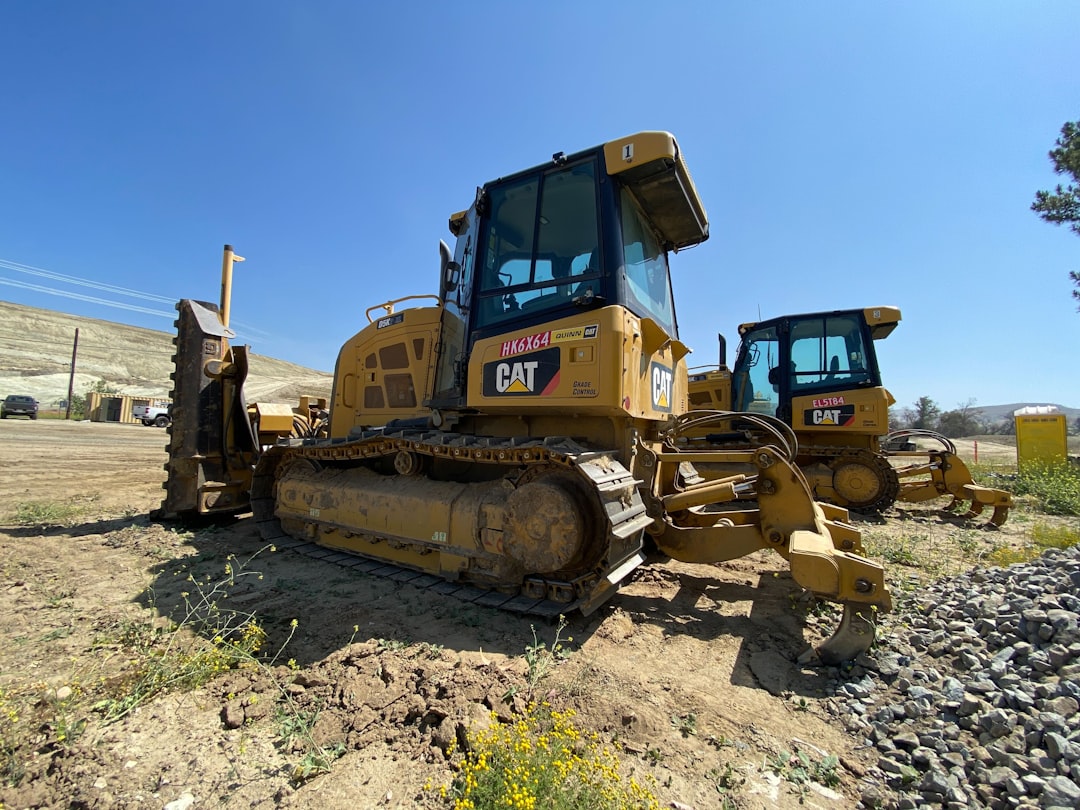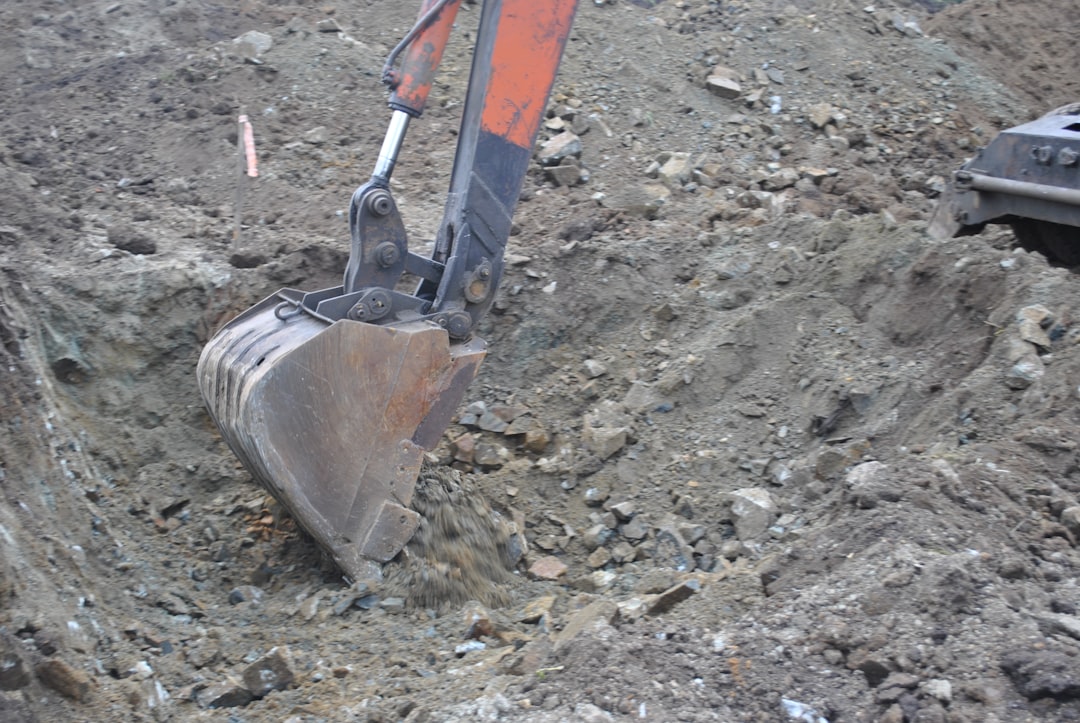Whether you’re trekking remote mountain ranges, working on a construction site, or managing infrastructure in rugged terrains, having a phone that can withstand extreme environments is more than a convenience—it’s a necessity. As we look ahead to 2025, the demand for rugged phones for field work is growing rapidly. Manufacturers are responding with devices that offer not just durability, but also high performance, long battery life, and the features you’d expect from a modern smartphone.
This article takes a deep dive into the top rugged smartphones of 2025, what to look for when choosing one, and why these devices are essential for field professionals across industries.
Why Rugged Phones Are Essential for Field Work
Traditional smartphones are sleek, powerful, and packed with features—but they’re also fragile. In contrast, rugged phones are purpose-built to perform in the harshest environments. Think of high altitudes, freezing or scorching temperatures, water exposure, dust, and heavy impact.
The primary advantages of rugged phones include:
- Durability: Designed with reinforced frames, shatterproof screens, and military-grade protection standards.
- Waterproofing: Most rugged phones offer IP68 or even IP69K dust and water resistance ratings, allowing use under water or in intense rainfall.
- Battery Longevity: Fieldwork often takes place far from power outlets. Rugged phones are equipped with high-capacity batteries that can last two or more days on a single charge.
- Advanced Features: Infrared cameras, sound meters, barometers, GPS and more can be found in many modern rugged phones, making them multifunctional tools.
Top Rugged Phones to Watch in 2025
The year 2025 is poised to deliver some of the most advanced rugged phones ever made. Here’s a selection of the standout models:
1. CAT S77 Ultra
Continuing its legacy, Caterpillar has launched the S77 Ultra, and it’s a beast of a phone. This model features:
- 6.5-inch Gorilla Glass Victus screen
- IP69K, MIL-STD-810H certification
- Advanced FLIR thermal camera
- 7000mAh removable battery with 50W fast charging
- Satellite communication capabilities

Built for utility, the S77 Ultra is ideal for emergency responders, wilderness guides, and heavy machinery operators.
2. Samsung Galaxy XCover 7 Pro
Samsung blends ruggedness with Samsung’s advanced One UI in the XCover 7 Pro. It continues its reputation for ease-of-use while offering serious protection.
- 5G support
- IP68 and MIL-STD-810G certified
- Dedicated programmable button for quick access to critical apps
- Replaceable 5000mAh battery
- Enhanced touch response for glove or wet-hand use
The XCover 7 Pro is ideal for teams already embedded in the Samsung ecosystem, who want a seamless transition from corporate HQ to a dusty job site.
3. DOOGEE V30T Max
Chinese manufacturer DOOGEE has been disrupting the rugged space with value-packed phones. The 2025 V30T Max is no exception:
- Embedded walkie-talkie function
- 12000mAh battery for ultra-long service
- 108MP main camera and 32MP selfie cam
- Works in -40°C to +70°C environments
- Built-in compass, altimeter and barometer

Well-suited for explorers, mountaineers, and survey experts, the V30T Max turns your phone into a survival companion.
Key Features to Look for in a Rugged Phone
When shopping for a rugged phone for field work in 2025, consider the following features that matter most in professional field applications:
- Environmental Resistance: IP68/IP69K certification confirms a phone’s ability to endure dust and immersion in water. MIL-STD military specs confirm shock and impact protection.
- Battery Capacity: A rugged phone should last at least a full workday under GPS tracking and app usage. Devices with 6000mAh or more are preferable.
- Screen Strength: Modern rugged phones use Gorilla Glass Victus or even sapphire crystal to protect against scratches and breaks.
- Touch Sensitivity: Usability with gloves or wet hands is crucial in cold, wet, or dusty conditions.
- Navigation and GPS: Professional-grade GPS sensors ensure precise location mapping for surveyors, engineers, and pilots.
- Extra Tools: Thermal or night vision cameras, air quality meters, or emergency SOS systems can vastly add to a phone’s value.
Use Cases: Who Benefits From Rugged Phones?
Rugged phones are not just for a niche group anymore. They’re now essential tools across multiple industries and roles:
- Construction Workers: With dust, debris, and vibrations all around, durability matters more than sleek design.
- Mining Engineers: Underground locations and chemical exposure demand phones with special sealing and battery resilience.
- Agricultural Professionals: Constant fieldwork, dirt, and unpredictable weather require sturdy, sunlight-readable screens.
- Search & Rescue Teams: In areas lacking connectivity, built-in satellite communication and long battery life are potential lifesavers.
- Outdoor Adventurers: For those exploring backcountry or mountaineering, rugged tech makes communication and safety apps usable off-grid.

The Evolution of Rugged Technology
Over the years, rugged phones have evolved far beyond the clunky brick-shaped devices of the 2010s. In 2025, we’re seeing:
- 5G Connectivity: Bringing high-speed data to even the remotest areas, allowing for real-time uploads and communication.
- AI-Based Enhancements: AI improves photo quality, voice recognition in noisy areas, and even anticipates power-saving modes.
- Modular Accessories: Extension slots for thermal cameras, satellite pings, or even drones are becoming popular add-ons.
- Green Materials: More manufacturers are using recycled or biodegradable materials, combining sustainability with strength.
This innovation ensures rugged phones are shedding the “slow and bulky” stereotype, replacing it with smart, tough, and sleek identities.
Challenges and Considerations
Even the best rugged phones have their trade-offs. Knowing these allows you to make a more informed decision:
- Weight and Size: Reinforcement adds mass. Devices can be bulky, which may affect pocketability.
- OS Updates: Not all rugged phones receive regular Android or iOS updates. This can be a security concern.
- Camera Performance: While improving, rural and rugged phone cameras may not rival flagship models in quality.
- Availability: Some brands like DOOGEE or AGM often have limited presence outside Asia or Europe, affecting support options.
Conclusion: Rugged Phones Are No Longer Optional
As 2025 unfolds, rugged phones are cementing their place among essential field tools. They’re no longer niche devices used only by extreme hikers but have become professional companions for a wide array of industries. With modern features, intelligent tools, and a focus on reliability, rugged phones for field work deliver peace of mind and performance in environments where ordinary smartphones fear to tread.
If your work takes you off the grid, into harm’s way, or across rugged terrain, don’t compromise. Choose a rugged phone that’s built for the job—and the future.
